What Does the LGBTQ Acronym Stand For?
While we hear it in daily conversation and in political debates, many people still question what the LGBTQ acronym stands for.
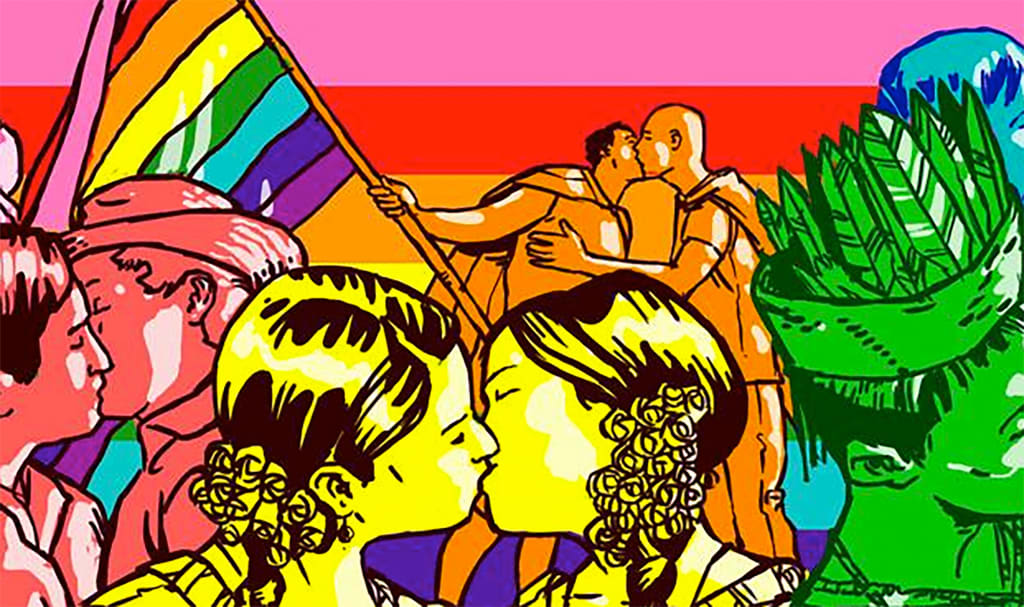
In 2011 President Obama probably said it best that “every single American— gay, straight, lesbian, bisexual, transgender—every single American deserves to be treated equally in the eyes of the law and in the eyes of our society. It’s a pretty simple proposition.” But acceptance shouldn't just be a uniquely American privilege—it should extend to people around the world as a basic human right. A common global factor is the dichotomy between regression and progression. The LGBTQ community stands for acceptance of whomever you are no matter what you believe, both in the realm of politics and religion.
Yes, political correctness may be considered a little out of hand today, but the core reason that political correctness came about was to promote the respect of the individual. Some might disagree and claim that political correctness is destructive—especially today during this 2016 Presidential election cycle. What if the roles were reversed? What if someone attacked you for being straight? How would you feel? It wasn’t a choice, was it? It's just a part of who you are as a human.
That's the feeling the LGBTQ community experiences every day. We must keep protecting who we are, because no one else will. We are not deviants trying to molest your kids or convert you to our “lifestyle.” Seriously, why would we try to convert “those” bigoted people into members of our supportive community? (People that have issues with our “lifestyle” typically get caught in “gay” scandals anyway. They’re sometimes already one of us!) Love has no room for hate.
Speaking on the terms of political correctness, LGBTQ is an acronym. If you don’t know what it stands for, it actually means: Lesbian, Gay, Bisexual, Transgender, and Queer/Questioning. The acronym was originally just LGBT, but it has evolved to add the "Q" along with many other letters. The actual string of characters is LGBTQQIP2SAA or just LGBTQ+ for short. It stands for many other sexual preferences and gender identities of which you may have never heard. Some refer to is as "alphabet soup.”
But don’t worry your little hetero or misinformed gayby heart, as Guncle George is here to explain exactly what is what! No—that wasn’t a typo—Guncle means I'm your gay uncle. I've come here to SLAY while serving education. So sit tight and put your reading glasses on because—what??? Reading is FUN-damental!
Most people probably know these terms. If you don’t, come get yo’ self some education:
L is for Lesbian

Photo by Steph Grant
Women who are physically and romantically attracted to other women typically identify as lesbian. (Note to straight guys: lesbian porn is just fantasy! In real life, a lesbian won't invite you into her bedroom with her partner to watch or join! She is NOT into you! It's nothing personal—you just have a penis.) If that did happen, she’d be bisexual, which we will get to shortly.
G is for Gay

Image via Tumblr user confissoes-de-um-adolescente-gay
Typically the term “gay” has been synonymous with the word "homosexual." But in all political correctness, gay is used. Yes, the word "homosexuality" is the scientific term, but to me that word sounds gross, right? Like the word "moist." Just say "gay" when describing us. It sounds happier to our ears. Don’t use the term "gay" to describe something stupid or bad, because it should be used to describe exactly what we are—AWESOME! "Gay" has traditionally been used to describe gay men, but it is not a limited term as women sometimes identify themselves as gay as well.
B is for Bisexual
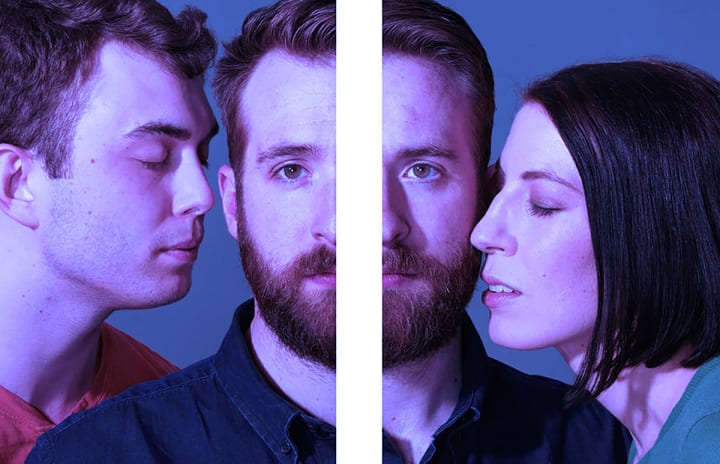
Image via Queerty
Here it is, straight guys! Told ya, you pervs!
Just kidding! Anyway, bisexuality is simple. It is when a person is attracted to both sexes—typically male and female genders. But this list will surprise you, as there is more to it than you might think. Bisexuality can be more complex than just "man or woman." Many people who self-identify as more than bisexual have been active to expand upon the LGBTQ acronym to portray more accurate self-representation.
T is Transgender
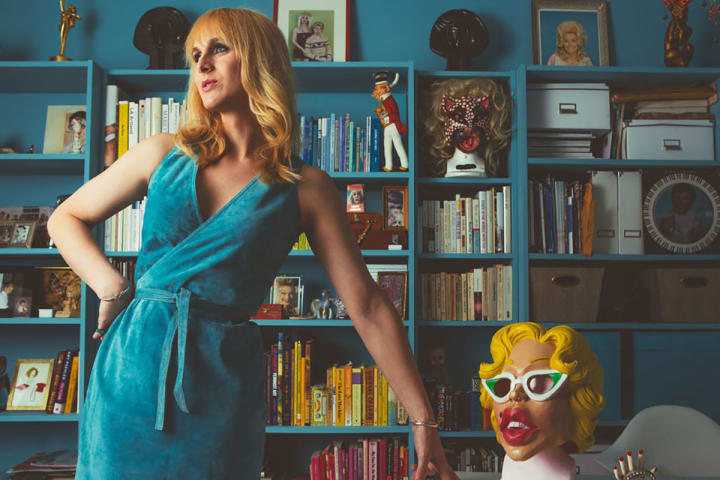
Image via LA Weekly
The word "transgender" is an umbrella term for people whose gender identity differs from their anatomical sex assignments at birth. The word is often abbreviated as "trans." In the past, "transgender" was synonymous with "transexual" and the offensive "transvestite." To many in the community, these terms carry negative stigmas. "Transexual" is like "homosexual" in a sense—it's clinical in nature. "Transexual" refers to when a person changes their sex through gender reassignment surgery. "Transexual" is all right to say—but only if you want to get yelled at. Do not EVER call someone a transvestite unless that is how they identify themselves. Otherwise, prepare to get bitch-slapped. A "transvestite" is an identity completely different to that of a transgender person.
A transvestite is someone who dresses in what would conventionally be worn by the opposite gender and acts in that stereotypical gender role. Again, this has nothing to do with sexuality. The word "transvestite" is simply an old, bigoted word for "cross-dresser." Cross-dressers tend to be heterosexual males who wear traditionally feminine clothing. "Transvestite" often associates cross-dressing with sexual arousal, but the term has changed over time to connote "transvestic fetishism," which is a fetish (not a sexual identity). Cross-dressers don’t usually associate with the LGBTQ community, and they often don’t see themselves as anything but straight/heterosexual.
But what about drag queens and drag kings? Aren't they also cross dressing? Why? Good question. People that dress in drag tend to be gay, and cross-dressers tend to be straight. Drag is a performance art—not a sexual identity.
Q is for Queer or Questioning
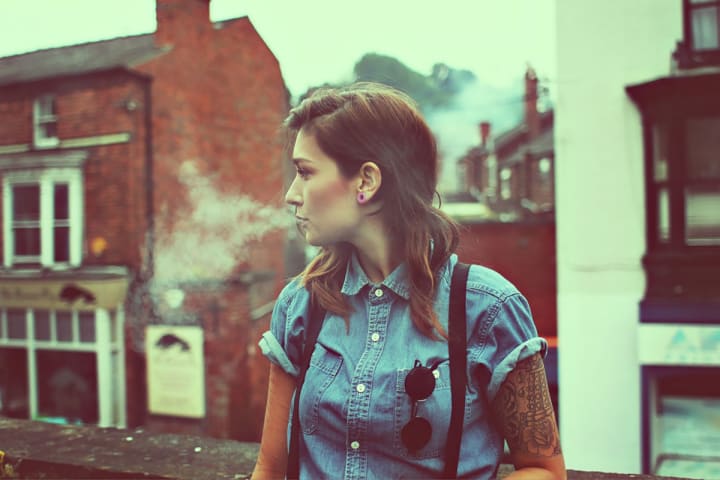
Image via Pinterest user Allie Peck
This one has been debated over and over again. Many see the "Q" as "Queer," but others have opposed this label for its historically negative stigma. However, there is also a movement of reclamation underway, as words like “fag,” “homo,” “dyke,” and “tranny” have been readopted into the community with positive connotations. LGBTQ people use these words as terms of endearment. It is all right for LGBTQ people to say these words, but not for anyone that falls outside the LGBTQ umbrella. This idea is similar to when African-Americans use the "N" word. It is their identity (and term) to redefine and own.
Some people use the term “queer” because it is neither specific regarding sexual orientation nor gender identity. However, the word serves to encompass a lot of people within the community as a whole. Minorities seem to identify with the term in particular, because it also can be used to convey the nuances of race and culture. These elements intersect with an individual's gender identity and sexual orientation. The "Q" can also stand for "questioning," as it refers to people who are in the process of exploring their identities. Both are ok to use, but I wouldn’t start calling people in the community "queer" unless you share that identity.
I is for Intersex

Image via Third Way Magazine
"Intersex" is a variation in biological sex characteristics including chromosomes, gonads, or genitals that do not allow an individual to be distinctly identified as male or female. These people are born this way. The more unfavorable term for people of this identity is "hermaphrodite." This term is found throughout the animal kingdom; it is not unique to humans. This is an actual biological mutation that happens during birth. This term, hermaphrodite, is NOT a clinical or acceptable word used to describe intersex people. Don’t ever use this word—it is humiliating and does not represent an intersex person. The word stems from the Victorian Era when modern science was beginning to develop. Along with many other identities within the LGBTQ+ community, intersex people were said to have had a disease. Today, we obviously understand that this is NOT true.
P is Pansexual

The Lovers by Rene Magritte
People who refuse to be pinned down on the Kinsey scale are referred to as "pansexual." Pansexuality is not limited in sexual choice with regard to biological sex, gender, or gender identity. More recently, pansexuality has been referred to as "sexual fluidity" or "gender fluidity." Sexual fluidity is one of the more recent changes in sexuality or sexual identity. There is significant discussion over whether sexuality is stable throughout life, or is fluid and malleable. I'm sure that debate will go on and on.
2S is for Two-Spirit

Photo via Transas City
This identity is a tradition in many nations around the world, but is more common in Native American and Indian-Subcontinent cultures. These people identify as having both male and female spirits. Spiritual sexuality is ultimately about oneness and experiencing that oneness within your own energy as well as potentially sharing it with a partner. Many believe you cannot pigeonhole anyone into one thing. These people believe sexuality is on a higher, more complex plane than simply the physical. I know you’re like... now I’ve heard of everything! But this has been a traditional norm in many cultures around the world. People in those cultures consider these people special and sacred within their communities.
A is for Asexual

Image via we heart it user TWINKLE
An asexual person is simply someone who finds neither physical attraction nor masturbation appealing. "Asexuality" is a sexual orientation, like homosexuality or heterosexuality. But don’t think asexual people are sexless, cold, and emotionless people. They’re absolutely not! They can feel romantic attraction to another person regardless of gender, but that's as far as it goes. Going beyond the emotional is not in their DNA. Don’t get it mixed up though— many people hear the word “asexual” and make assumptions about what its scientific term means. They think of single-celled organisms in a petri dish! No—I’m not talking about an ameba!
A is for Allies

Photo via Pinterest user Jaime Cruz
Within the community, we recognize that we thrive best as an organized group with the help of loving supporters. Although they are not really part of the “sexual identity” community itself, they have a sort of honorary spot. Allies like PFLAG, Parents and Friends of Lesbians and Gays, have been fierce advocates since the 1970s in progressing LGBTQ+ rights. Without supporters like them, the LGBTQ+ community would not be where it is today.
Spread the Word

Image via Today's Parent
I hope you got a better understanding and respect of what LGBTQ+ stands for. If you’re questioning your own identity or that of someone you know, be sensitive and respectful. Sexuality is not a choice. Roam free, my little unicorns, and spread the word!
About the Creator
George Gott
Writer & Social Media Editor for Jerrickmedia who is an avid reader of sci-fi and a fierce defender of women, minority, and LGBTQ rights.


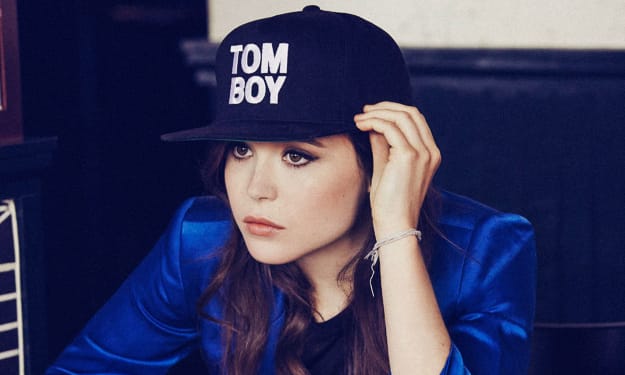



Comments
There are no comments for this story
Be the first to respond and start the conversation.